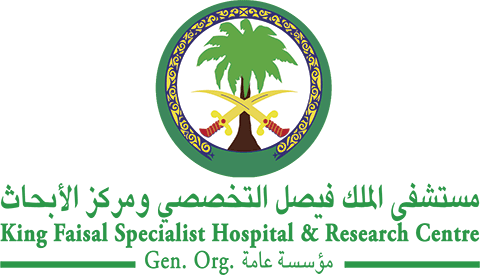Abstract
Objective/Background: Lymphoma is seen as a highly treatable and curable malignancy with aggressive treatment methods. Efficacy is often limited by toxicity and many patients need alternative treatment strategies as they cannot tolerate existing high cytotoxic approaches. Our aim is to compare BEAM [carmustine (BCNU), etoposide, cytarabine (ARA-C, cytosine arabinoside), and melphalan] and mitoxantrone–melphalan (Mx-Mel) regimens utilized in our patients with a diagnosis of lymphoma who underwent autologous stem cell transplantation (ASCT), and to demonstrate that the Mx-Mel regimen has similar but less toxic results than the BEAM regimen we have been using frequently as standard conditioning regimen. Methods: A total of 101 patients with lymphoma who underwent ASCT were included in our study. The BEAM regimen included BCNU, etoposide, ARA-C, and melphalan. The Mx-Mel regimen included mitoxantrone and melphalan. Results: Of 101 patients included in the study, 60 (59.4%) received BEAM and 41 (40.6%) received Mx-Mel (40.6%) conditioning regimen. The median time to neutrophil engraftment was 10 (range: 9–20) days and 12 (range: 9–12) days in the BEAM and Mx-Mel arms, respectively; it was statistically significantly shorter in the BEAM arm (p = .001). Conclusion: This study demonstrates that the Mx-Mel regimen has similar efficacy and toxicity compared with the BEAM regimen. Although time to neutrophil engraftment was shorter in the BEAM arm, it did not result as significant transplant-related complications between the two regimens. The Mx-Mel regimen is seen as a good alternative with low toxicity and high efficacy.
Recommended Citation
Gunes, Ahmet Kursad; Serin, Istemi; Demir, Ilknur; Sarifakiogullari, Serpil; Durusoy, Salih Sertac; Akkurt, Dervis Murad; Ince, Idris; Ozkan, Gulkan; Cinli, Tahir Alper; and Pehlivan, Mustafa
(2022)
"Comparison of mitoxantrone–melphalan and BEAM conditioning regimens in patients with lymphoma,"
Hematology/Oncology and Stem Cell Therapy: Vol. 15
:
Iss.
4
, Article 6.
Available at: https://doi.org/10.1016/j.hemonc.2021.03.005
Creative Commons License

This work is licensed under a Creative Commons Attribution-Noncommercial-No Derivative Works 4.0 License.
Included in
Cancer Biology Commons, Hematology Commons, Oncology Commons

